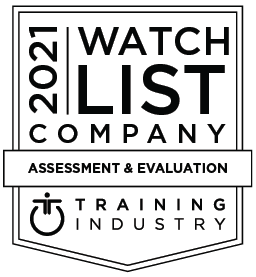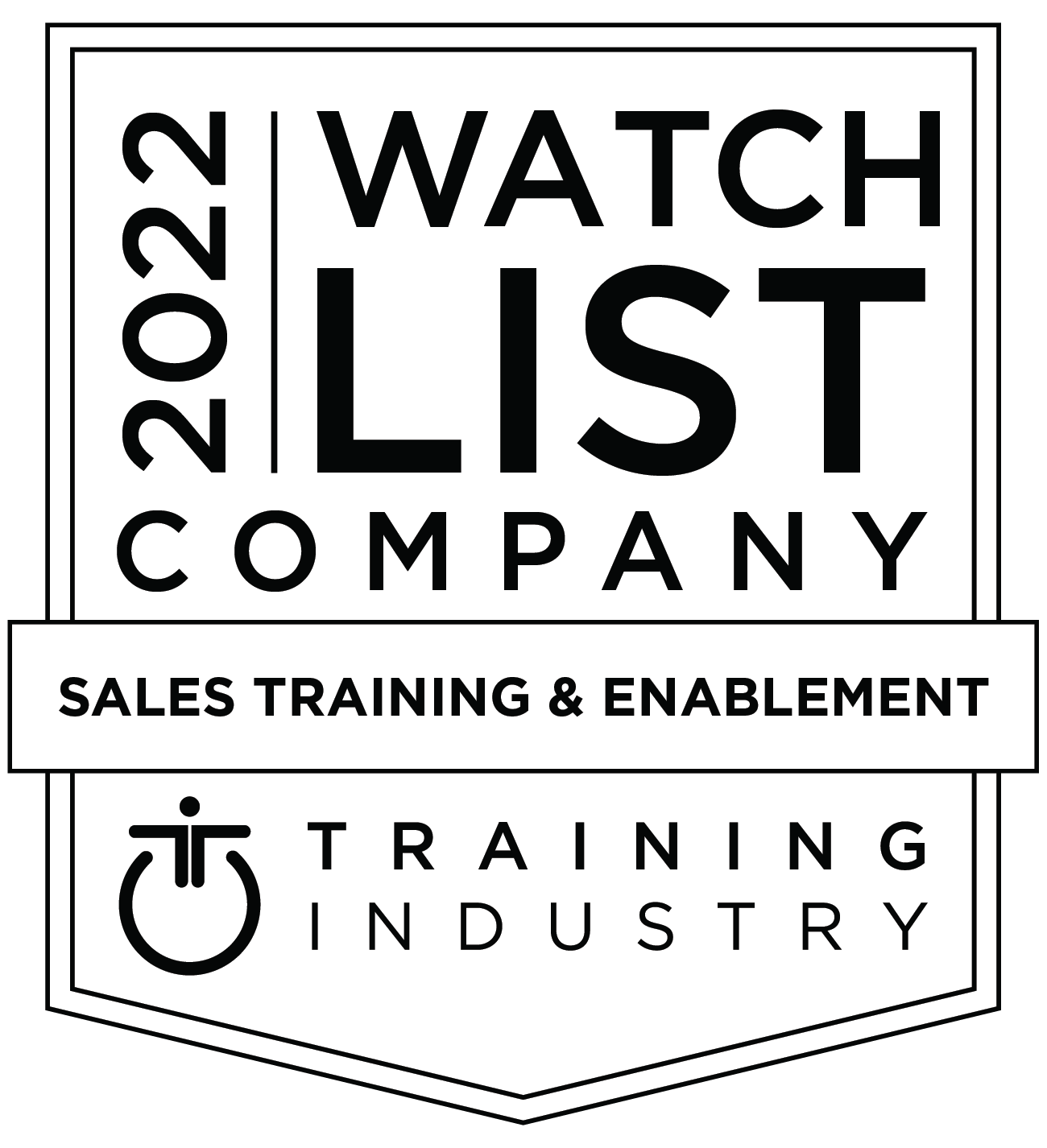I got an urgent call from an old friend and client, a senior marketing executive for a well-known global tech firm, who was preparing his company’s new CTO to speak at their annual user conference.
In just seven days, the CTO would be making his debut in front of several thousand users, plus industry analysts and his own company’s leadership team and sales force.
Unfortunately the dry runs weren’t going well.
The CTO’s story was compelling. His slides were awesome-created by a leading graphics house-and the CTO himself was both brilliant and a good speaker. Yet the presentation was falling flat and was hard to follow. My friend couldn’t figure out why. Two days and a long plane flight later, I was observing another one of the CTO’s dry runs.
To me, the issue was obvious—a commonly overlooked problem: slide transitions.
Like most presenters, the CTO was taking a reactionary approach with his slides. He’d advance to the next slide and then immediately start talking about it. This causes your audience to disconnect for a moment as they attempt to process the information on the new slide, while at the same time try to listen to your explanation of it.
When this pattern is repeated slide after slide, your audience quickly grows fatigued and has trouble paying attention to your presentation.
So here’s what the CTO and I worked on. It leverages how humans naturally process visual information.
First, say it.
Before advancing to the next slide, provide context for it with a brief verbal preview. Be sure to plan these verbal transitions when you prepare your content.
Then, show it.
Advance to the next slide and pause for a moment while the audience processes the information on the slide aided by the preview you provided.
Now, talk it.
Hold your pause till you notice the eyes of the audience starting to move from the slide back to you. The pause may feel awkward the first few times you try it, but your audience will love having that moment to process the slide before giving their undivided attention back to you.
It took a little practice and planning to get the hang of it, but it helped make the CTO’s presentation a huge success. I’d recommend you give it a try.
I think you’ll find that using “Say it. Show it. Talk it.” slide transitions gives your audience the time and context needed to process each slide, enabling their primary focus to stay on you, and making it effortless for them to follow along.










